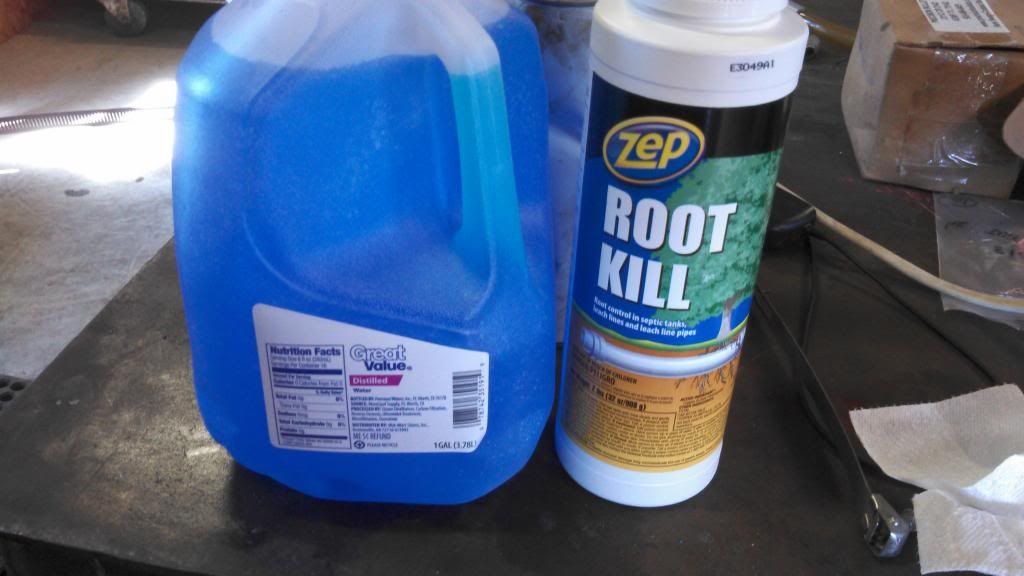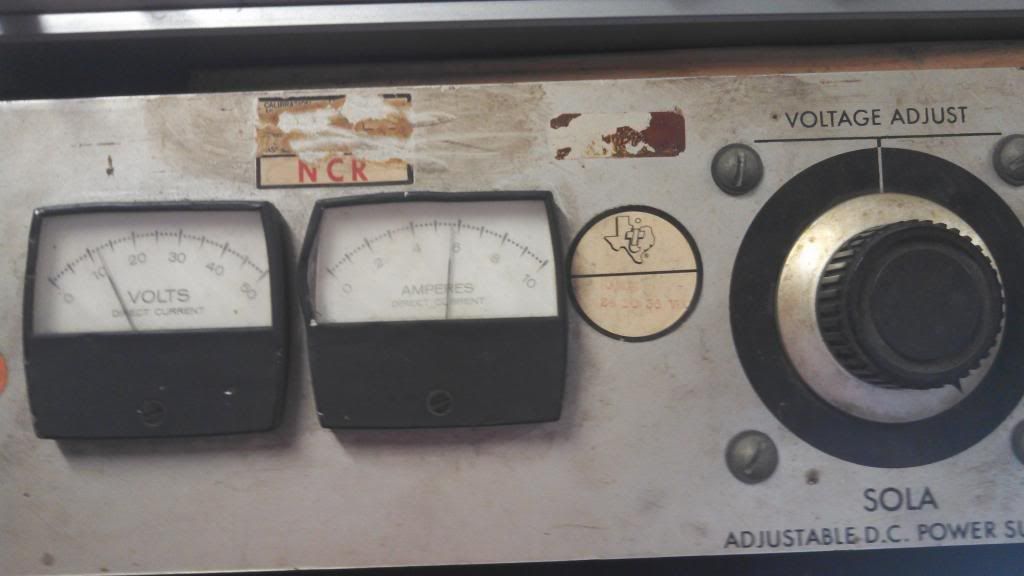Going deep into researching the types of hollow-points today. It's amazing the brands of bullets i have never heard of when i get off the mainstream loading sites. Anyways, the question at hand, electro-bonded jackets...... Looking at various properties of bullet constructions and the effect they create, it seems that Speer's Gold-Dots are apparent to have early expansion while holding up structurally throughout the wounding event. I did not know that God-Dots had a very thin copper "plating", but this makes sense as to why it would be so effective on soft mediums compared to a thicker traditional jacket. But, why is their process considered some type of "bonding" yet not the same name applies to a cheap Extreme plated hollow-point or similar? And why do cheap plated hollow-points not expand? Early thinking would lead me to believe it is simply the amount of copper thickness that would either allow expansion or prohibit it. Why is Speer's plating superior, and why can't others simply do a softer thinner plate to same effect. If i am correct in my thinking, the new Berry's HHP(hybrid hollow-point) should be an amazing cost cutting alternative to Gold-Dot and hopefully performs(as to why only .40 and .45?!?!......one can only guess)
From what i thought i knew about "bonded" handgun bullets, was that it was a standard cup & core, then either molten lead poured into the cup before forming, or the swaged lead would be heated to a temp creating the bond, as in something like Winchester PXD ammo. I assume this process is only beneficial in strengthening the bullet over-all with added structural support to sustain integrity after deformation. This process, i assume, could be in two parts. First either the pouring of molten lead or heating of already added lead into the cup, not to the full weight of bullet, then adding a soft swaged top to the projectile so expansion is more easily initiated but the base stays strong for deeper penetration. Are these old school methods? Are most bonded bullets simply electroplated or are they using a different chemical bonding that allows for a weaker jacket like a Gold-Dot?
That's it really, i started thinking about it when seeing HSM hollow-points having "some" decent expansion, and then noticing that they also sold a "loaded" defense ammo and it said "PLATED HOLLOW-POINT" on the box and revealed to have a Speer Gold-Dot instead of their in-house plated bullet, why do they need to go out of house to get a plated bullet when that's exactly what HSM makes, why is Speers plating so hard for others to do. Now that Berry's is jumping in, Ranier also has their hexagonal hollow-point that doesn't bear the standard plated HP disclaimer "not expanding projectile, for target use" and have this quote on the website:
what am i missing? and what other "premium" bullets are plated? and how is their process unique?
From what i thought i knew about "bonded" handgun bullets, was that it was a standard cup & core, then either molten lead poured into the cup before forming, or the swaged lead would be heated to a temp creating the bond, as in something like Winchester PXD ammo. I assume this process is only beneficial in strengthening the bullet over-all with added structural support to sustain integrity after deformation. This process, i assume, could be in two parts. First either the pouring of molten lead or heating of already added lead into the cup, not to the full weight of bullet, then adding a soft swaged top to the projectile so expansion is more easily initiated but the base stays strong for deeper penetration. Are these old school methods? Are most bonded bullets simply electroplated or are they using a different chemical bonding that allows for a weaker jacket like a Gold-Dot?
That's it really, i started thinking about it when seeing HSM hollow-points having "some" decent expansion, and then noticing that they also sold a "loaded" defense ammo and it said "PLATED HOLLOW-POINT" on the box and revealed to have a Speer Gold-Dot instead of their in-house plated bullet, why do they need to go out of house to get a plated bullet when that's exactly what HSM makes, why is Speers plating so hard for others to do. Now that Berry's is jumping in, Ranier also has their hexagonal hollow-point that doesn't bear the standard plated HP disclaimer "not expanding projectile, for target use" and have this quote on the website:
Sounds good, and i suppose the important thing to take away from that statement is "malleable". So why can't the other fifty plated bullet companies make their copper "malleable" as well and start saving us all a bunch of money?Rainier hollow point bullets use a true hollow point hex design, including stress risers and malleable copper plating for rapid, reliable expansion.
what am i missing? and what other "premium" bullets are plated? and how is their process unique?





